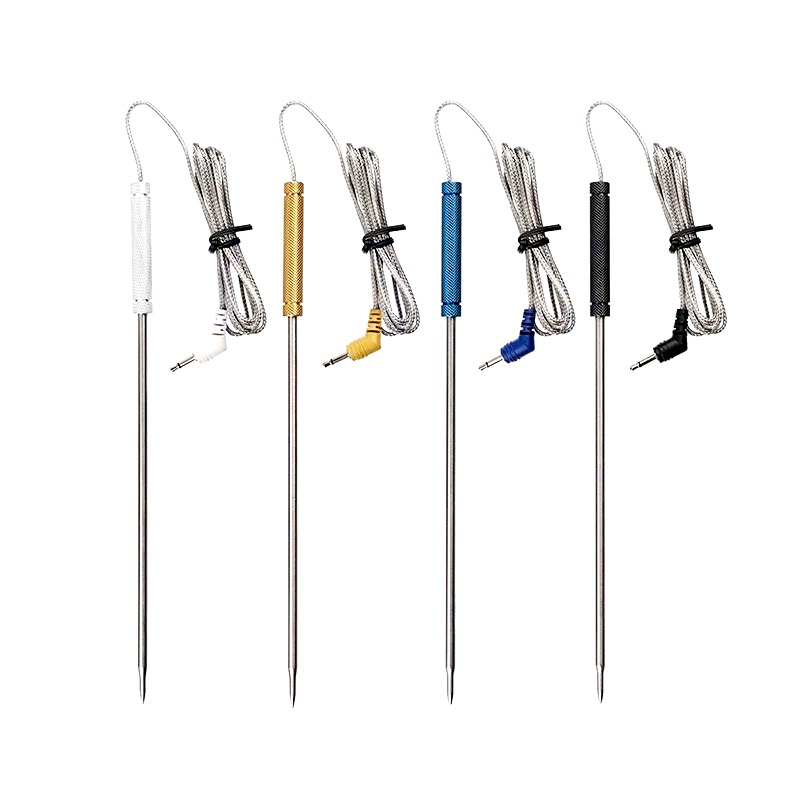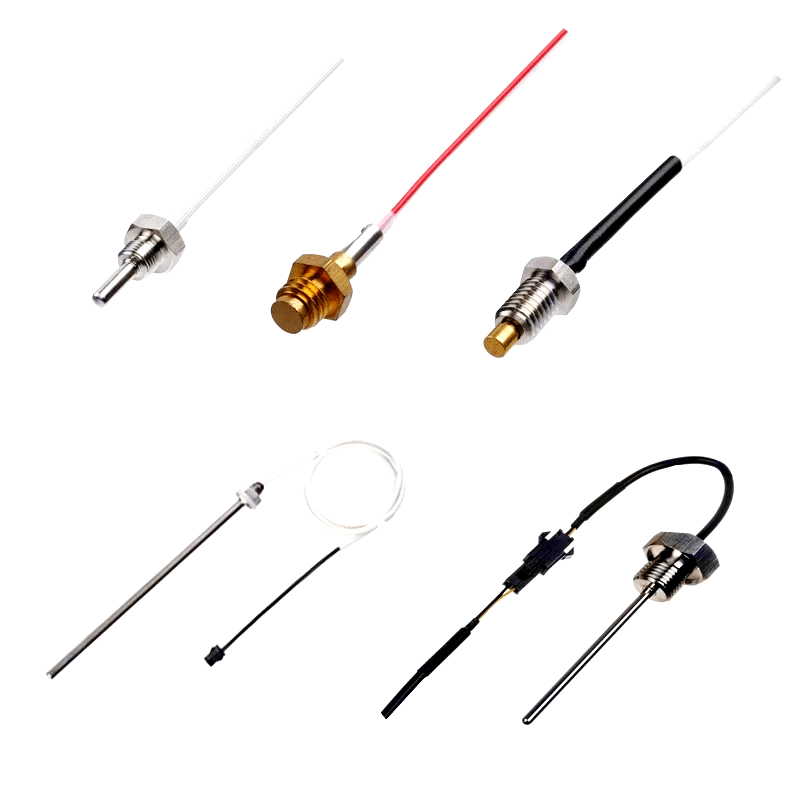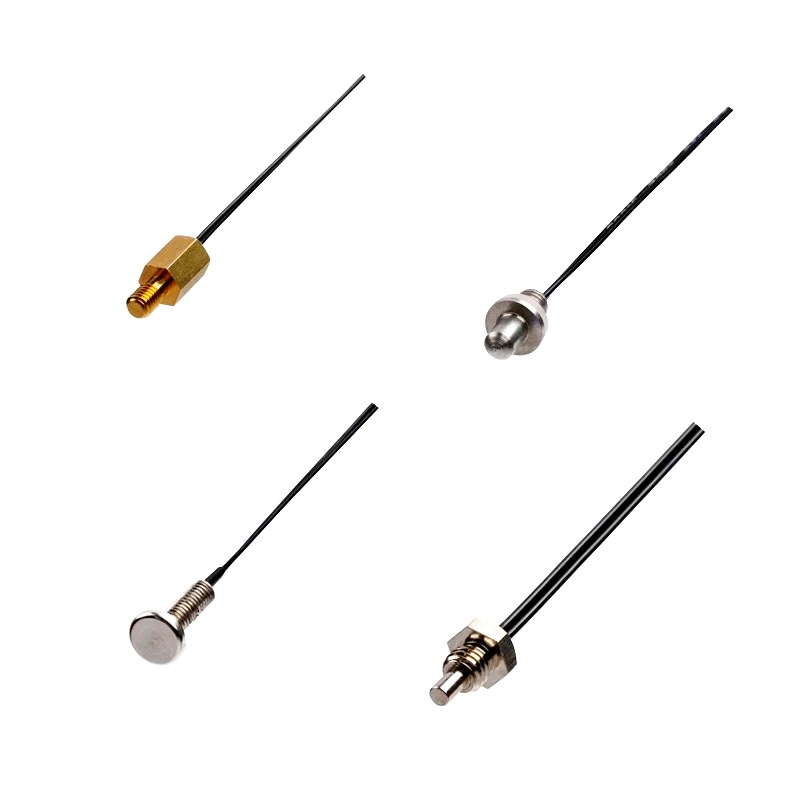
NTC Thermistors: Versatile Temperature Sensing Solutions
NTC Thermistor: Introduction, Applications, and Benefits NTC Thermistor: Introduction, Applications, and Benefits Table of Contents Introduction Applications Benefits Conclusion Introduction NTC thermistors, short for Negative Temperature Coefficient thermistors, are temperature-sensitive resistors. They exhibit a decrease in resistance as the temperature rises. This unique characteristic makes them ideal for various applications where temperature sensing or control is required. Applications NTC thermistors find widespread use in different industries and technologies due to their reliable temperature-sensing capabilities. Some common applications include: Temperature measurement and control in electronic devices such as smartphones, laptops, and home appliances. Thermal protection in electric motors and transformers. Temperature






